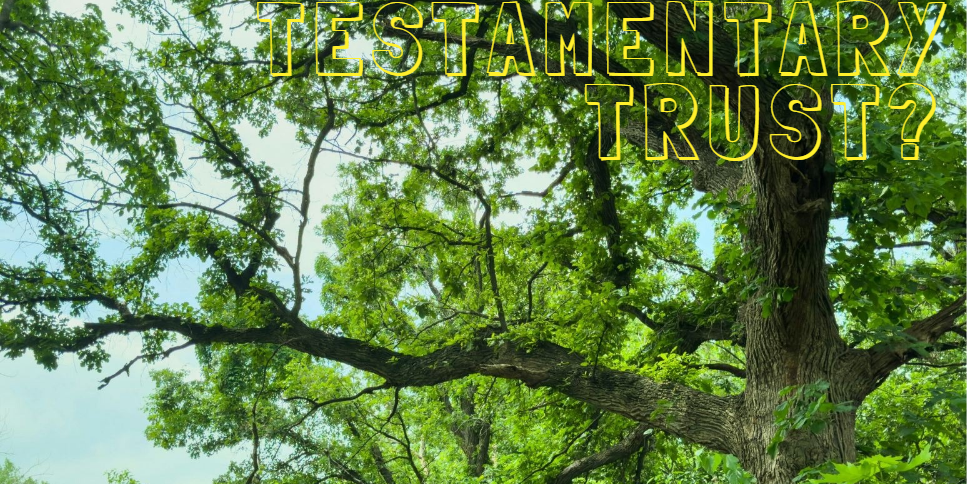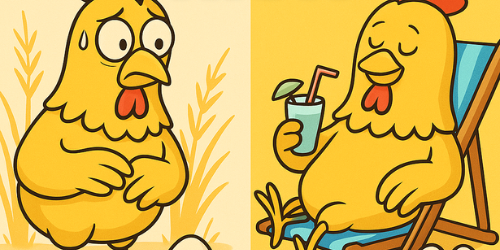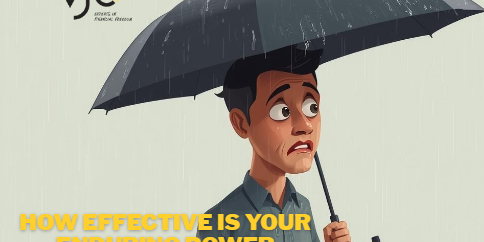Boost Your Super with Downsizer Contributions
Are you aged 55 or over and thinking about selling your home? The Downsizer Contribution, could be a powerful way to boost your retirement savings.
What Is a Downsizer Contribution?
If you sell your home and meet the eligibility criteria, you can contribute up to $300,000 of the proceeds directly into your super. Couples can contribute up to $600,000 combined, even if only one partner owned the home.
These contributions:
· Don’t count towards your concessional or non-concessional caps
· Don’t require you to meet a work test or age limit
· Can be made even if you’re not buying another home
Who’s Eligible?
· Aged 55 or older at the time of contribution
· The property was sold after 30 June 2018
· The home was owned by you or your spouse for at least 10 years
· It was your main residence (fully or partially exempt from capital gains tax)
· The home is located in Australia (not a caravan, houseboat, or mobile home)
· You make the contribution within 90 days of receiving the sale proceeds (usually settlement date)
· You haven’t used the downsizer contribution rules before
· You submit the ATO’s “Downsizer contribution into super” form to your super fund before or at the time of the contribution
Important:
· Even if only one spouse owns the home, both partners can make a downsizer contribution, provided all conditions are met.
Do I Need to Buy a New Home?
· Nope! There’s no requirement to buy another property. You can move in with family, relocate to a retirement village, enter aged care, or simply enjoy the flexibility of renting or using another property you already own.
Real-Life Example:
· Neil (70) and Steph (64) sold their long-time family home for $900,000, which Neil solely owned. After 20 years in the home, they decided to move to the coast and live in their holiday property.
· Both Neil and Steph were eligible to make a $300,000 downsizer contribution each, even though Steph didn’t have legal ownership of the property. That’s $600,000 going straight into their super to generate tax-free pension income in retirement.
Risks & Considerations:
· Before jumping in, consider these points:
Impact on Age Pension
The family home is exempt from the Age Pension assets test, but super isn’t. If you move money into super via a downsizer contribution, it may reduce your pension entitlements once you reach pension age.
ATO Compliance
The ATO assesses eligibility. If you contribute and later turn out to be ineligible, your contribution could be counted against your non-concessional cap—potentially triggering tax consequences. So, double-check you qualify first.
Final Thoughts:
The downsizer contribution is a valuable strategy to turn your home equity into retirement income—but it’s not one-size-fits-all. Consider how it fits into your broader financial plan, especially if you’re receiving or planning to receive the Age Pension.
Need help deciding if downsizing is right for you? Speak us to ensure you get the strategy, and the timing right.
General advice disclaimer General Advice warning: the information in this article is general in nature, it is not advice specific to your needs. If you want to act upon the information in this article then you should seek advice from a qualified professional. VJC and VJC WM accepts no liability to any party for acting from this information unless they have sought advice in a formal engagement for this purpose



